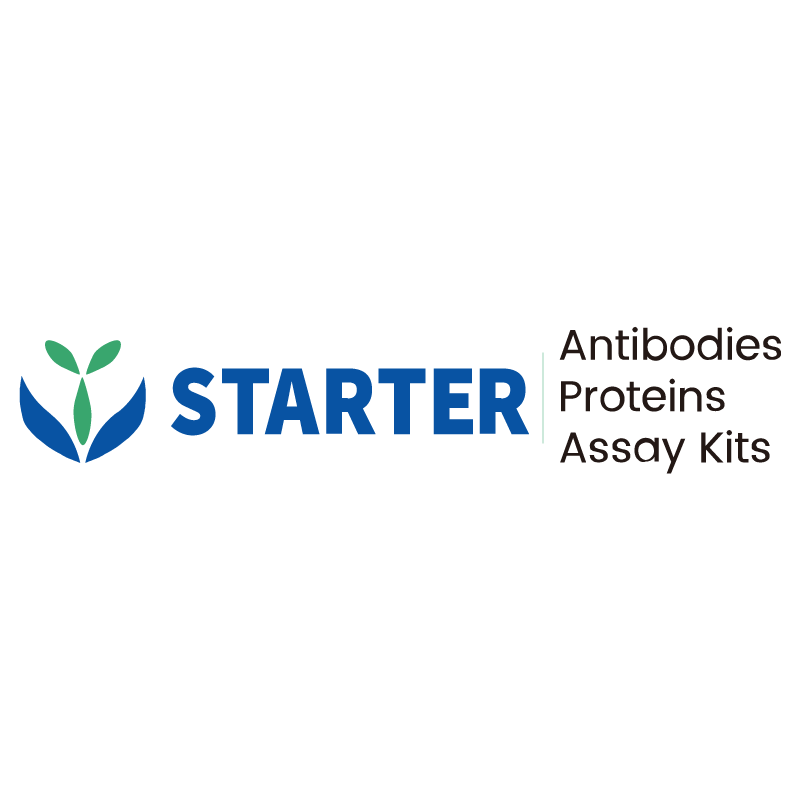Product Details
Product Details
Product Specification
| Host | Rabbit |
| Antigen | Kappa light chain |
| Immunogen | Recombinant Protein |
| Clone Number | SDT-385-243-2 |
| Antibody Type | Recombinant mAb |
| Isotype | IgG |
| Application | Sandwich ELISA |
| Reactivity | Hu |
| Cross Reactivity | No cross-reactivity against Lambda light chain, Human total IgG |
| Purification | Protein A |
| Concentration | 2 mg/ml |
| Purity | >95% by HPLC |
| Conjugation | Unconjugated |
| Physical Appearance | Liquid |
| Storage Buffer | PBS pH7.4, 0.03% Proclin 300 |
| Stability & Storage | 12 months from date of receipt, 2 to 8 °C as supplied |
Background
In normal circumstances, plasma cells produce antibodies compromising two parts: heavy chains and light chains. These two parts are combined together and secreted into the blood and other places in the body. In addition, plasma cells secrete a small number of light chains that are not attached to the heavy chain (also called free light chains). In myeloma, plasma cells grow out of control in the bone marrow, crowding out the other cells of the bone marrow. Also, this abnormal plasma cell population (monoclonal plasma cells) secrete excessive heavy chains and light chains, including the complete immunoglobulin and/or the free light chains. If a patient has kappa myeloma, their doctor will watch for a rise in the kappa numbers. Likewise, the lambda number will be watched if a patient has lambda myeloma. This can be measured by the Free Light Chain Assay test on a blood or urine specimen. This balance of kappa and lambda together is called the kappa/lambda ratio, which can also indicate a change in levels of disease. "The ratio or proportion between the kappa and lambda light chains indicates an excess production of one chain over the other, and therefore can be used as an indication of disease progression or remission.
Picture
Picture
Paired Recommendations


